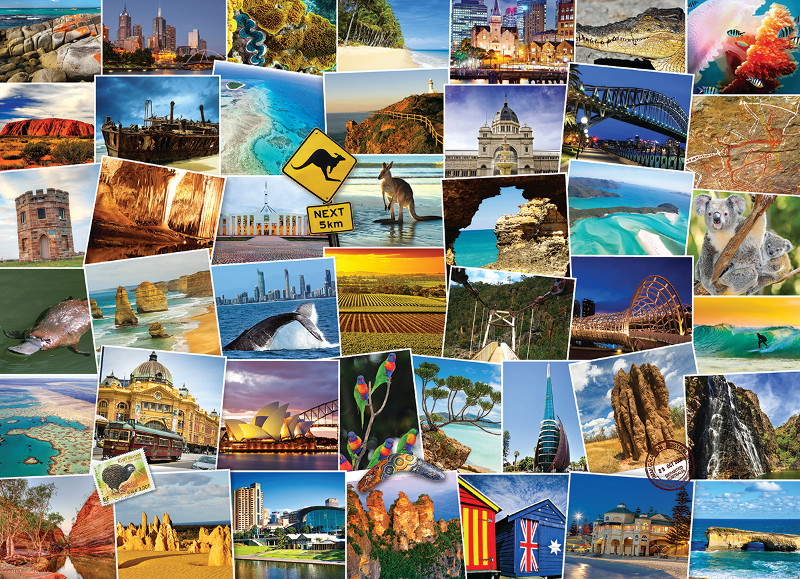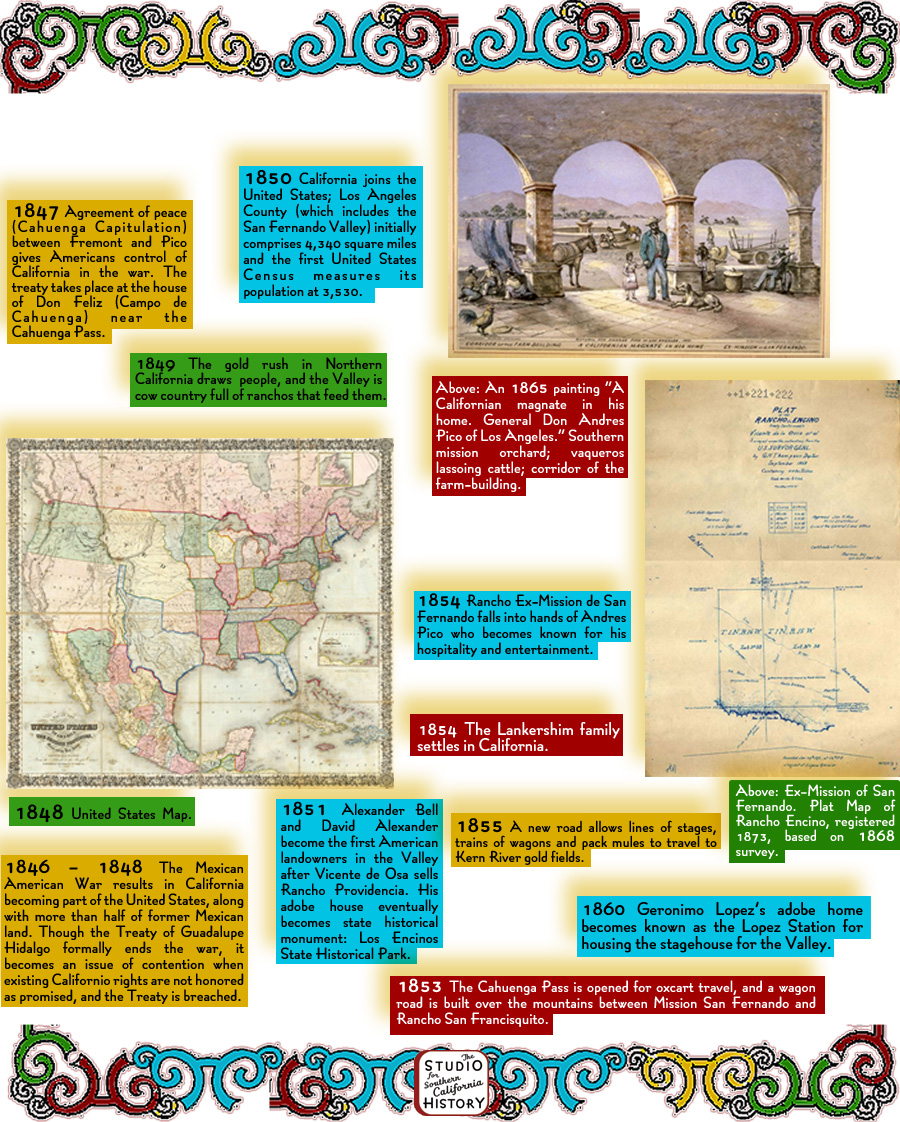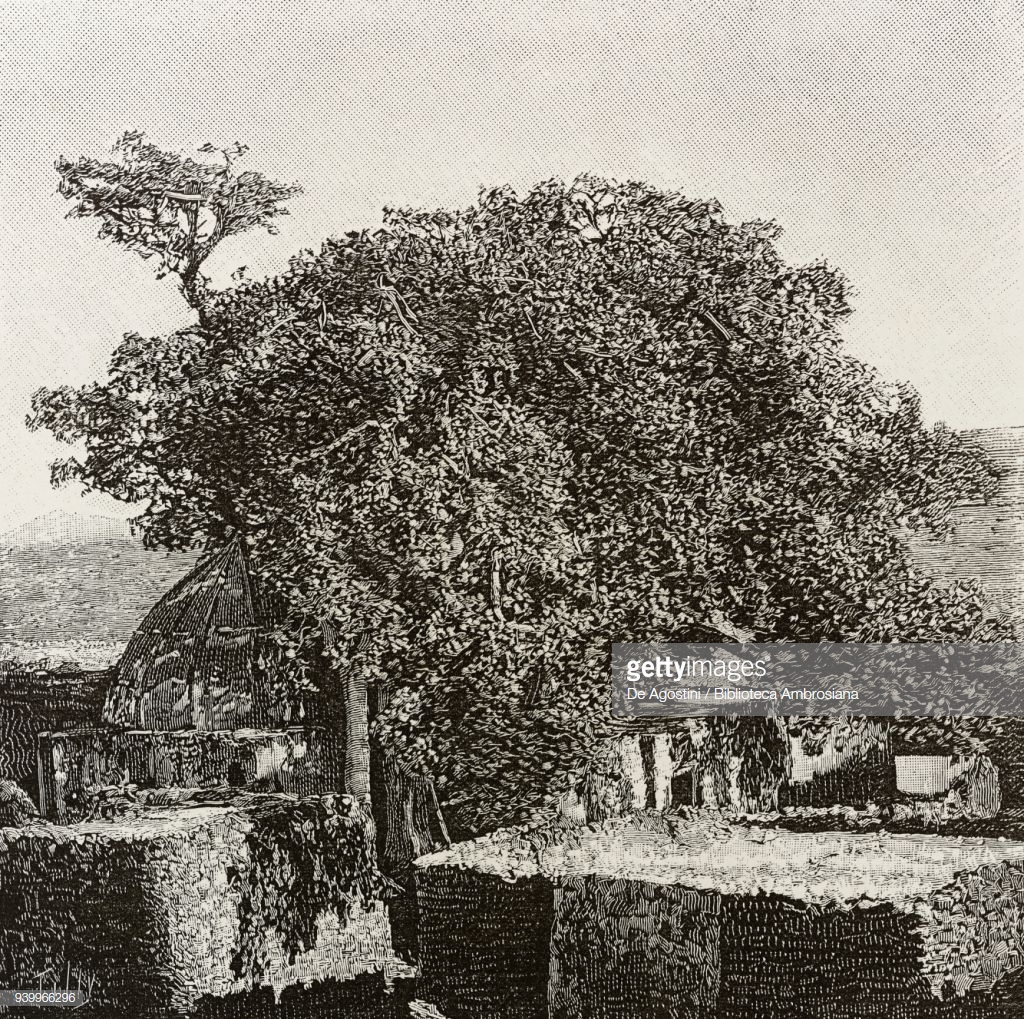
- #Claimed land in the new world for two different countries how to#
- #Claimed land in the new world for two different countries free#
Advances in ship construction (steamships using steel hulls, twin screws, and compound engines) made feasible the inexpensive movement of bulk raw materials and food over long ocean distances. Not only did the new industrialism generate a voracious appetite for raw materials, but food for the swelling urban populations was now also sought in the far corners of the world. The larger capital markets and industrial enterprises, in turn, helped push forward the geographic scale of operations of the industrialized nations: more capital could now be mobilized for foreign loans and investment, and the bigger businesses had the resources for the worldwide search for and development of the raw materials essential to the success and security of their investments. Accordingly, they encouraged the development of capital markets and banking institutions that were large and flexible enough to finance the new enterprises. To operate efficiently, the new industries of the second Industrial Revolution required heavy capital investment in large-scale units. Both the new technology and the added competition also contributed to the rapid speed of the New Imperialism. Mass-produced steel, electric power and oil as sources of energy, industrial chemistry, and the internal-combustion engine helped additional states, including Germany, the United States, and, eventually, Japan, to join the colonial scramble on roughly equal footing. Understand the economic boom in Germany during 1870–71 See all videos for this articleĪpart from the ability to now expand into uncolonized regions, technological advances from the co-occuring second Industrial Revolution also enabled newcomers to the imperialist drive to compete with the old powers. By 1880 small groups of European regulars, armed with modern weapons and exercising fire discipline, could overwhelm many times their number of native troops. The correlation of forces between Europe and the colonizable world shifted, however, with the invention of shallow-draft riverboats, the steamship and telegraph, the repeater rifle and Maxim gun, and the discovery (in India) that quinine is an effective prophylactic against malaria. ( India was the exception, where the British East India Company exploited an anarchic situation and allied itself with selected native rulers against others.) The tsetse fly and the Anopheles mosquito-bearers of sleeping sickness and malaria-were the ultimate defenders of African and Asian jungles. Prior to the 1870s Europeans could overawe native peoples along the coasts of Africa and Asia but lacked the firepower, mobility, and communications that would have been needed to pacify the interior. One necessary condition that characterized this New Imperialism, often overlooked, is technological.
#Claimed land in the new world for two different countries free#
The 1870s and ’80s, therefore, witnessed a retreat from the free market and a return to state intervention in economic affairs. SpaceNext50 Britannica presents SpaceNext50, From the race to the Moon to space stewardship, we explore a wide range of subjects that feed our curiosity about space!.Learn about the major environmental problems facing our planet and what can be done about them! Saving Earth Britannica Presents Earth’s To-Do List for the 21st Century.Britannica Beyond We’ve created a new place where questions are at the center of learning.100 Women Britannica celebrates the centennial of the Nineteenth Amendment, highlighting suffragists and history-making politicians.


#Claimed land in the new world for two different countries how to#


Britannica Classics Check out these retro videos from Encyclopedia Britannica’s archives.


 0 kommentar(er)
0 kommentar(er)
